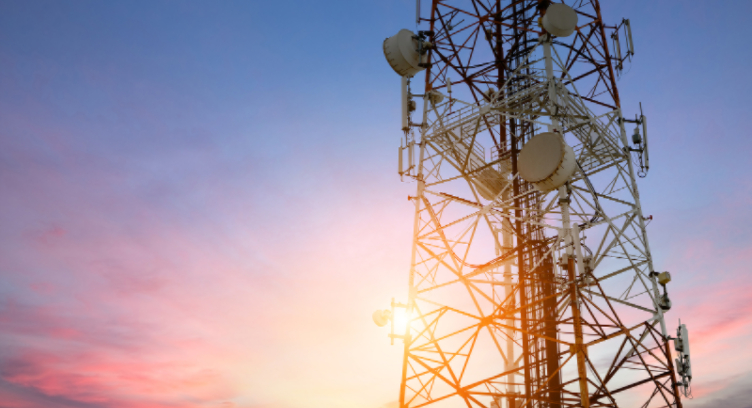After successfully sending its first text message via satellite, Spark has unveiled plans to establish a network of satellite-connected cell towers throughout the country, aiming to ensure that every region in New Zealand has access to a basic level of mobile connectivity during emergencies where fibre backhaul becomes compromised.
Spark and satellite partner Lynk sent the first text message via satellite at 10:47am last Friday. The text was sent by Spark engineers from a standard mobile, positioned in a mobile blackspot near Kawakawa Bay in Auckland via one of Lynk’s satellites approximately 500 kilometres overhead, travelling at approximately 27 thousand kilometres per hour. Off the back of this success, Spark will begin trials later this year and will be expanding it further next year.
In addition to implementing new satellite-to-mobile technology, by the end of the year Spark will house satellite-connected temporary cell towers across Northland, Auckland, Napier, Palmerston North and Canterbury, which will be readily available to deploy should Spark’s mobile network be impacted by major fibre damage, with the aim of expanding to further sites in the future.
“While using fibre to connect cell towers to the network ensures we can support the day-to-day activities New Zealanders expect to be able to do on their mobile phones, fibre cables run along the ground, including under roads and over bridges, both of which can become damaged during a natural disaster.
“This is where satellite backhaul plays an important role in resilience – substituting fibre temporarily to allow for basic connectivity, such as texts and calls. During Cyclone Gabrielle we deployed satellite backhaul to get our towers back online, but we encountered significant access challenges when trying to get into impacted areas.
In addition to satellite, Spark is working on a range of other resilience measures to enhance network reliability during emergencies – including increasing capacity on its cell towers’ reserve batteries, using automation to save power during a crisis, and expanding the number of generators in strategic locations.
Spark Network and Operations Director Renee Mateparae
We want to leverage satellite technology to its fullest potential so that we can help our customers stay connected when they need it most. This means getting satellite connectivity accessible on mobile phones, while also looking at satellite backhaul solutions, which are becoming more widely available and help us connect cell towers back into the network when fibre is damaged.






















